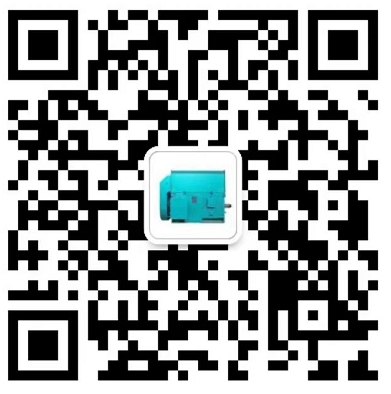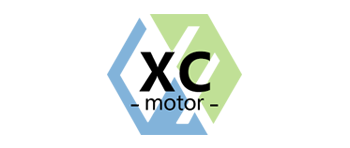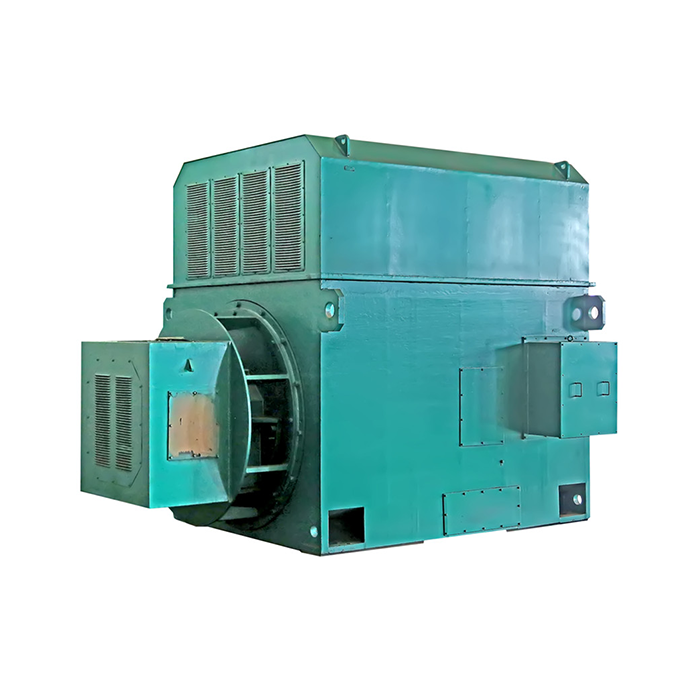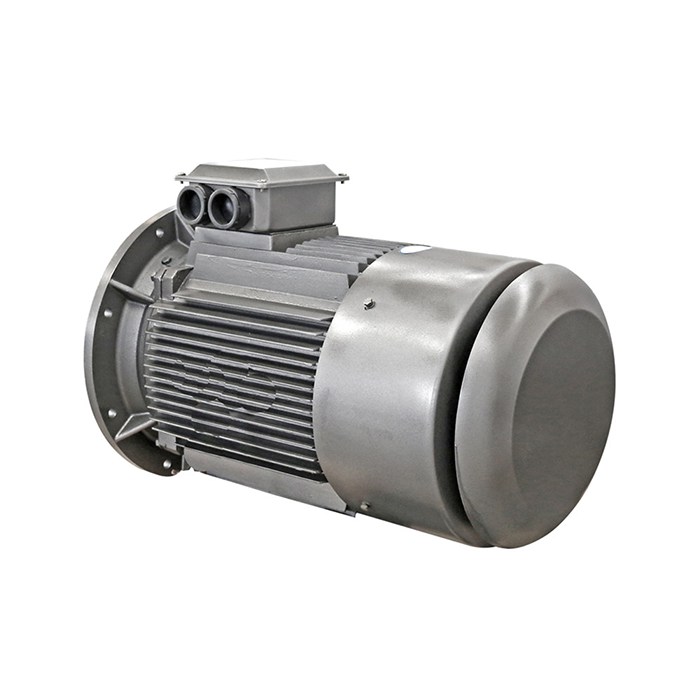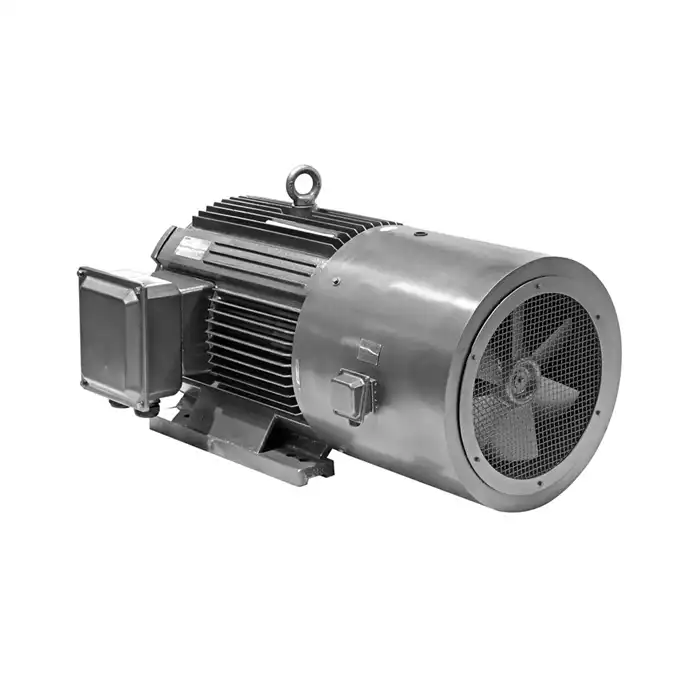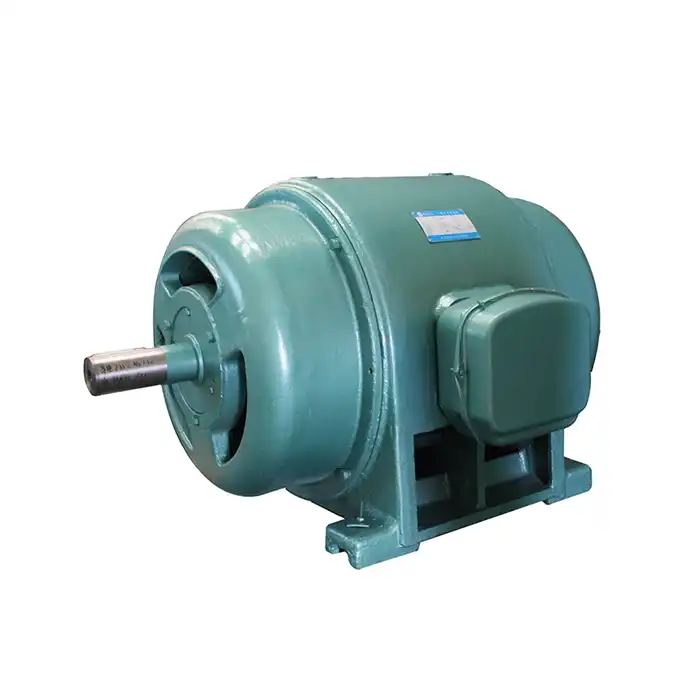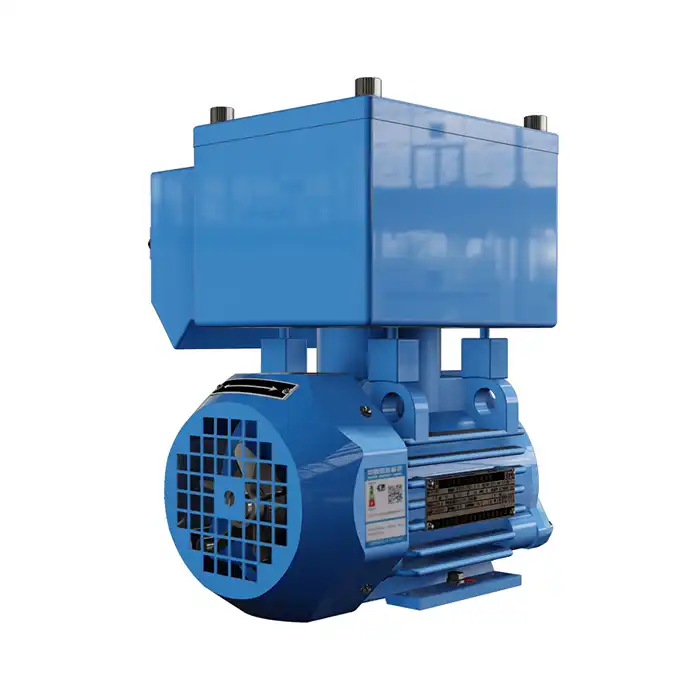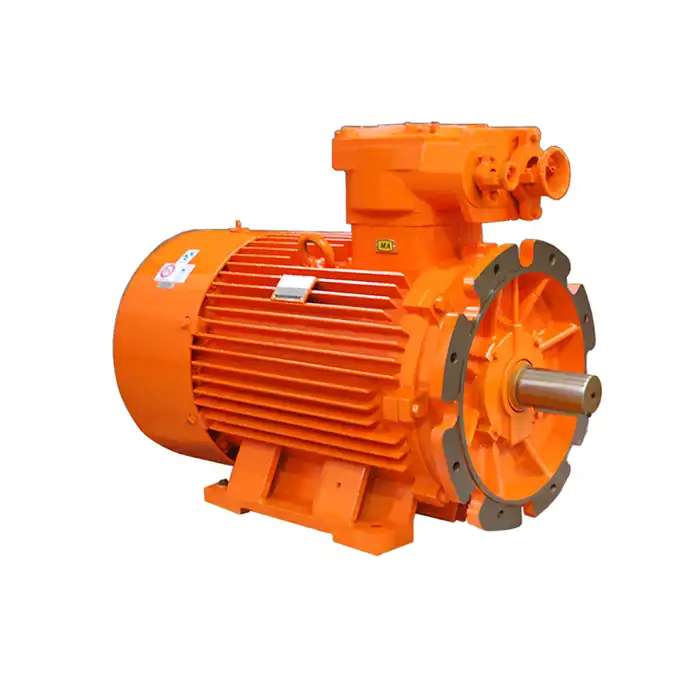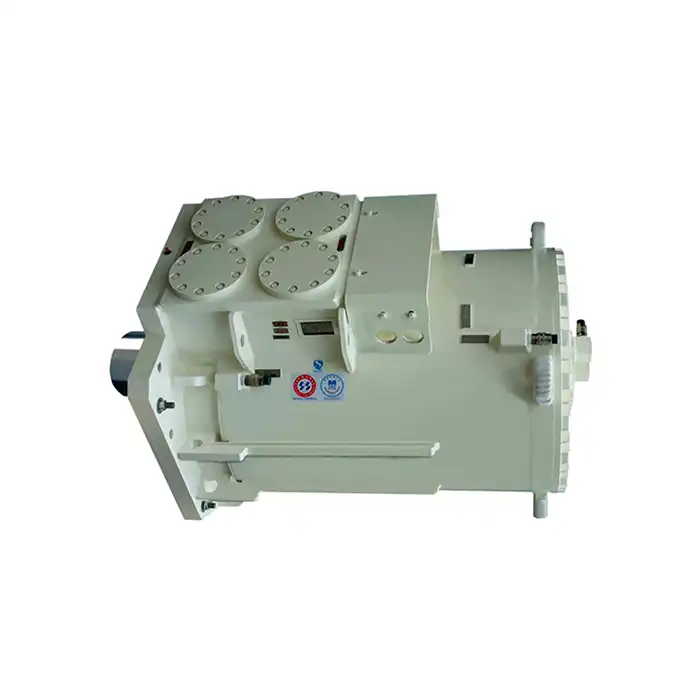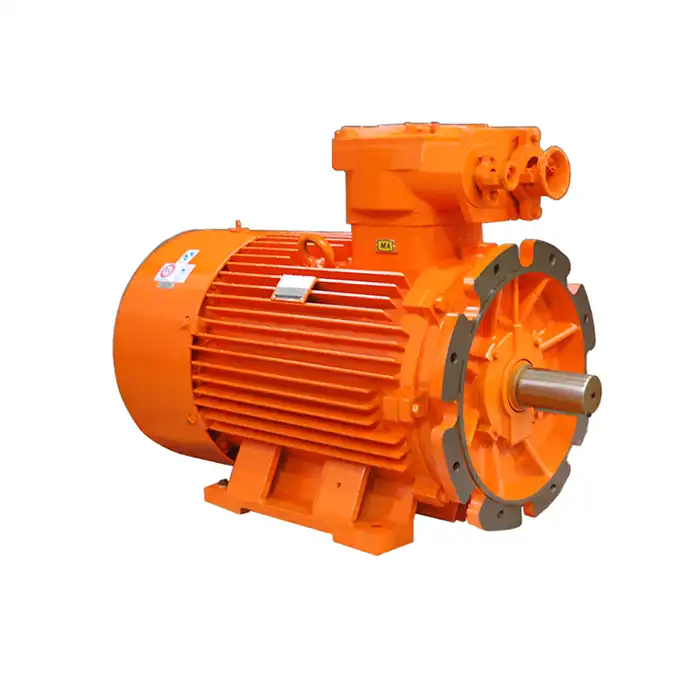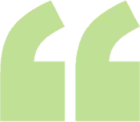A device that changes the frequency of electrical electricity is called an electrical frequency converter. The effective operation of motors, machines, and other electrical systems is made possible by this advanced equipment, which is essential in many commercial and industrial applications. The inner workings of frequency converters, their essential parts, and the variety of uses they have in contemporary industries will all be covered in this extensive reference.
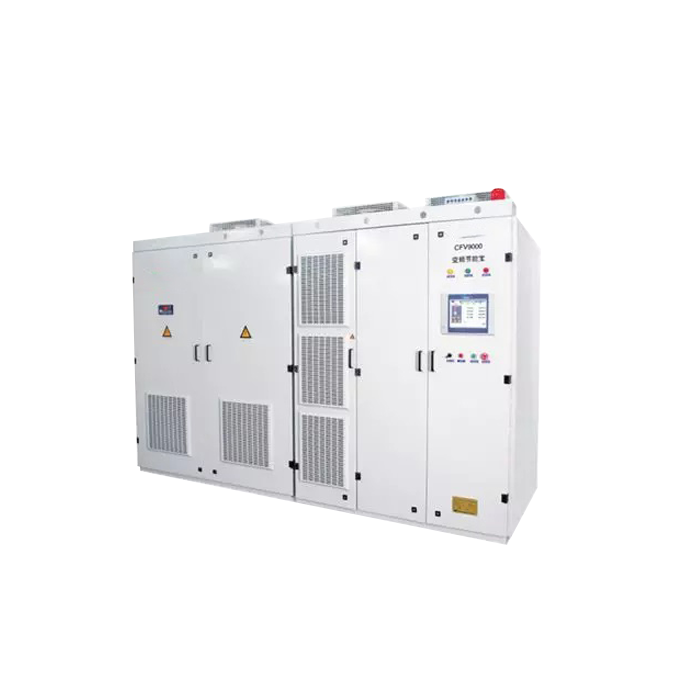
Adaptable motor power range :200-12000 kW
Application:can be used to drive fans, water pumps, textiles, papermaking, wire drawing, machine tools, packaging, food and various automated production equipment.
Advantage:air cooling, inverter control panel, built-in power transformer.
Frequency Conversion: The Science Behind Power Transformation
At its core, an electrical frequency converter manipulates the frequency of alternating current (AC) power. This process involves converting AC power to direct current (DC) and then back to AC at the desired frequency. The ability to adjust frequency allows for precise control of motor speed and power output, which is essential in many industrial processes.
The Fundamental Principles of Frequency Conversion
Frequency conversion relies on the relationship between electrical frequency and motor speed. In AC motors, the rotational speed is directly proportional to the frequency of the power supply. By altering this frequency, we can control the motor's speed with great accuracy. This principle forms the basis of variable speed drives, which are integral to many modern industrial systems.
The AC-DC-AC Conversion Process
The conversion process in an electrical frequency converter typically follows these steps:
- Rectification: The incoming AC power is converted to DC using a rectifier circuit.
- Filtering: The DC power is smoothed to remove ripples and fluctuations.
- Inversion: The filtered DC is then converted back to AC at the desired frequency using an inverter circuit.
This process allows for precise control over both the frequency and voltage of the output power, enabling a wide range of applications across various industries.
Key Components: Rectifier, Inverter, and Control System
An electrical frequency converter consists of several critical components that work together to achieve frequency conversion. Understanding these components is essential for grasping how these devices function and their capabilities.
The Rectifier: Converting AC to DC
The rectifier is the first stage in the frequency conversion process. It takes the incoming AC power and converts it to DC. There are two main types of rectifiers used in frequency converters:
- Diode rectifiers: These are simpler and more cost-effective but offer less control.
- Thyristor rectifiers: These provide more precise control over the rectification process.
The Inverter: Transforming DC Back to AC
The inverter is responsible for converting the DC power back into AC at the desired frequency. Modern inverters use insulated gate bipolar transistors (IGBTs) to switch the DC power rapidly, creating a synthesised AC waveform. The control system modulates these switches to produce the required frequency and voltage.
The Control System: The Brain of the Converter
The control system is the intelligence behind the electrical frequency converter. It manages the entire conversion process, monitoring input and output parameters and adjusting the operation of both the rectifier and inverter. Advanced control systems can offer features such as:
- Precise speed control
- Energy optimisation
- Protection against electrical faults
- Communication with other industrial control systems
Real-World Applications: From Manufacturing to Renewable Energy
The versatility of electrical frequency converters makes them indispensable in a wide array of industries and applications. Their ability to control motor speed and power output with precision has revolutionised many industrial processes.
Manufacturing and Process Industries
In manufacturing, frequency converters are used extensively to control the speed of motors driving conveyor belts, pumps, and other equipment. This allows for:
- Improved process control
- Energy savings through optimized motor operation
- Reduced wear and tear on mechanical components
HVAC Systems
Heating, ventilation, and air conditioning (HVAC) systems benefit greatly from the use of frequency converters. By allowing for variable speed operation of fans and pumps, these systems can:
- Maintain more precise temperature control
- Reduce energy consumption during periods of low demand
- Extend the lifespan of HVAC equipment
Renewable Energy Integration
In the renewable energy sector, electrical frequency converters play a crucial role in integrating variable power sources like wind and solar into the grid. They help in:
- Converting the variable frequency output of wind turbines to grid-compatible power
- Managing the power flow from solar inverters to the grid
- Stabilising grid frequency in the face of fluctuating renewable energy inputs
Water Treatment and Distribution
Water treatment facilities use frequency converters to control pumps and other equipment. This results in:
- More efficient water distribution
- Reduced energy consumption in pumping operations
- Better management of water pressure in distribution systems
The applications of electrical frequency converters extend far beyond these examples, touching almost every sector of modern industry. From elevators in high-rise buildings to propulsion systems in ships, these devices have become an integral part of our technological infrastructure.
Conclusion
Powerful instruments known as electrical frequency converters have revolutionised how electrical power is managed and used in industrial settings. Industries can make use of their potential to increase electrical system performance, lower energy consumption, and improve efficiency by comprehending how they work and what they can do.
We may anticipate seeing increasingly more advanced and effective frequency converters on the market as technology develops. Additional advancements in energy economy, control accuracy, and integration with intelligent industrial systems are anticipated as a result of these innovations.
Do you want to use cutting-edge power equipment solutions to improve your industrial processes? For a variety of sectors, Shaanxi Qihe Xicheng Electromechanical Equipment Co., Ltd. specialises in offering power equipment with high efficiency and low energy usage. Our staff is prepared to help you with solutions that are specifically designed to match your needs, whether you work in manufacturing, process control, HVAC, renewable energy, or water treatment.For more information about our electrical frequency converters and other power equipment, please contact us at xcmotors@163.com. Let us help you optimize your operations and drive your business forward with our state-of-the-art power solutions.
References
1. Johnson, M. (2022). "Electrical Frequency Converters: Principles and Applications in Modern Industry." Journal of Power Electronics, 15(3), 245-260.
2. Smith, A., & Brown, B. (2021). "Advanced Control Strategies for Variable Frequency Drives." IEEE Transactions on Industrial Electronics, 68(7), 6123-6135.
3. Lee, C. (2023). "Energy Efficiency Improvements in Industrial Processes Using Frequency Converters." Energy Conversion and Management, 256, 115464.
4. Garcia, R., et al. (2022). "Integration of Renewable Energy Sources Using Frequency Converters: Challenges and Solutions." Renewable and Sustainable Energy Reviews, 162, 112427.
5. Thompson, K. (2021). "The Role of Frequency Converters in Smart Manufacturing Systems." International Journal of Production Research, 59(16), 4912-4928.
6. Wilson, D. (2023). "Frequency Converters in Water Treatment: Optimizing Pump Operations and Energy Use." Water Research, 215, 118202.
